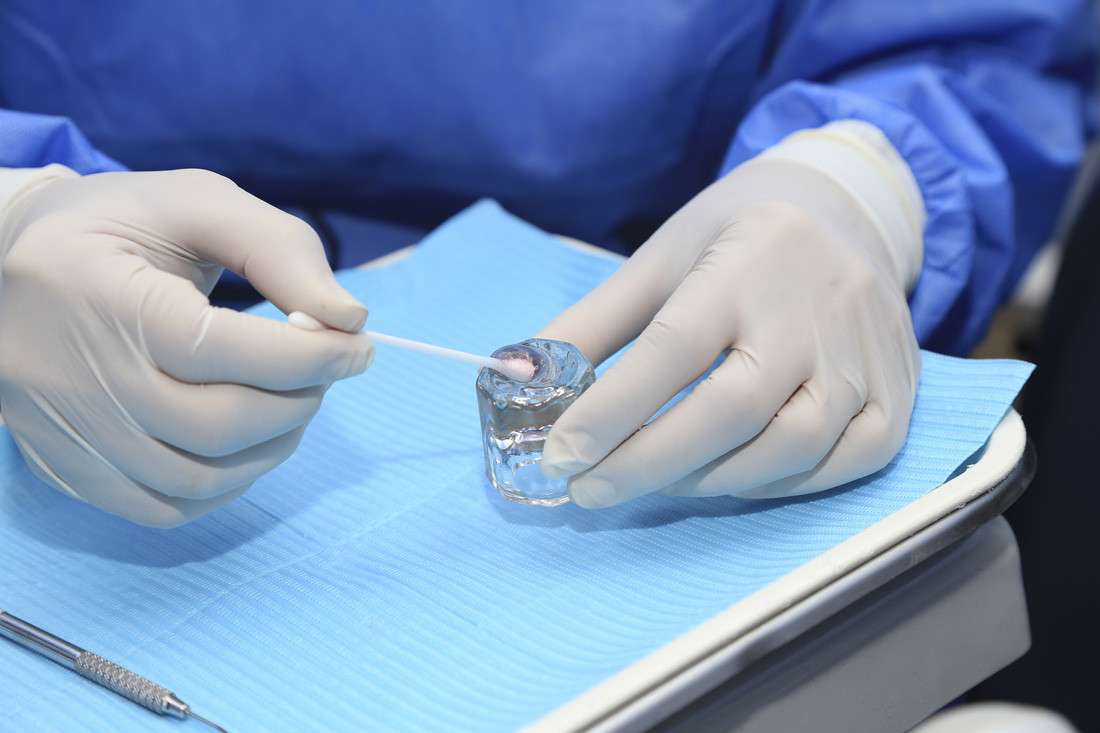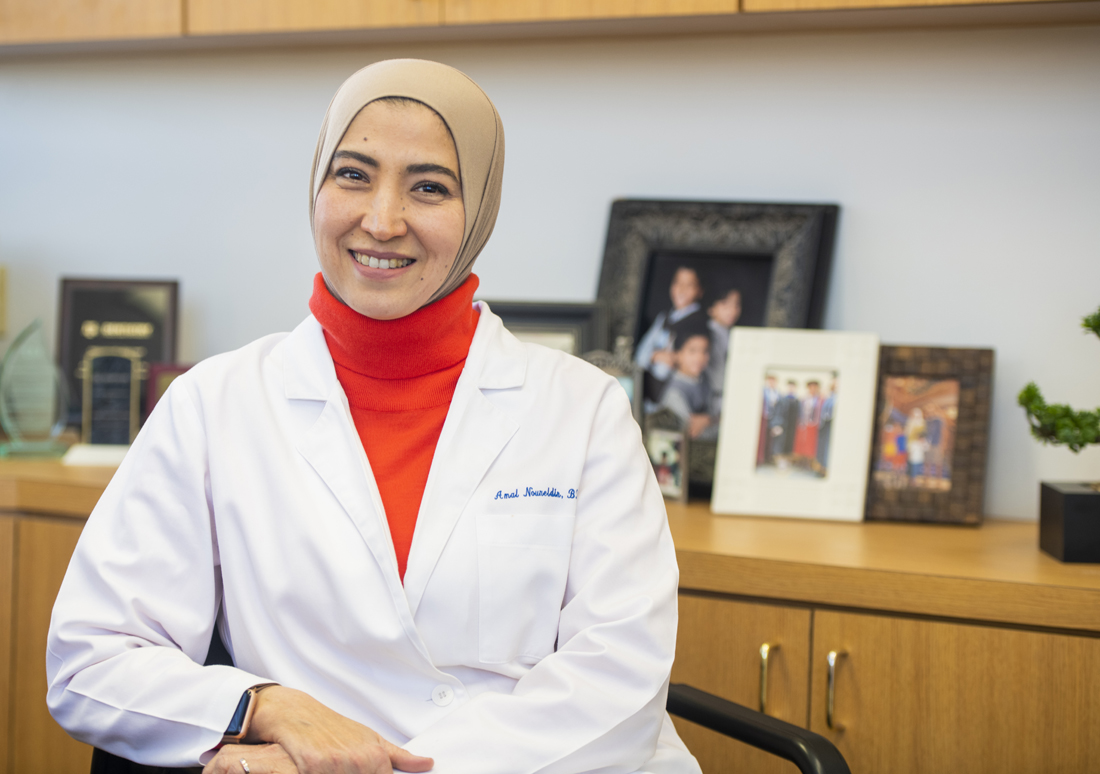Researching silver fluoride for cancer patients

For patients with head and neck cancer, dental problems caused by oncology treatments compound an already physically and emotionally challenging time. Radiotherapy can lead to serious tooth decay in patients, which further impacts their health and quality of life.

With a $200,000 Texas A&M Presidential Clinical Research Partnership Grant, two Texas A&M College of Dentistry faculty will begin a study in January into a potential method for protecting cancer patients’ teeth.
“With the radiotherapy there is dry mouth, which leads to an excessive amount of [tooth] decay in a matter of a very short time,” says Dr. Amal Noureldin, clinical associate professor and interim department head of public health sciences. “It’s traumatic; psychologically and emotionally.”

Noureldin and Dr. Amerian Sones, associate clinical professor and executive director of continuing education, and director of dental oncology in the Center for Maxillofacial Prosthodontics clinic, will be working together to evaluate the impact of silver diamine fluoride on cancer patients’ teeth when applied prior to receiving radiotherapy. After the idea first came to Noureldin in 2018, she discussed with Sones and sought her partnership to conduct the study. The collaboration between clinical faculty in different departments makes this project unique.
Fluoride—the naturally occurring mineral found in the body and in soil, water, and air—has been known for decades to promote tooth health by helping prevent decay. The researchers hope the silver diamine fluoride they will use for this study will prove to be particularly effective for oral cancer patients.
“The silver diamine fluoride has another element, which is the silver part of it,” Sones says. “We historically observed that silver fillings tended to inhibit decay. Although silver alloys are no longer the typical restorative option, the silver amalgam appeared to minimize caries.”
Noureldin and Sones plan to conduct their study over the next two years in about 60 patients being treated for head and neck cancer. Silver diamine fluoride will be applied to the patients’ teeth at three stages: prior to radiation treatment, within one month of treatment, and three months following the radiation treatment. The results of these treatments will be measured against a placebo, and all participants will be given a neutral topical fluoride to use in their day-to-day oral hygiene.
“The silver diamine fluoride is not novel by itself, because it’s already there and dentists as well as scientists know of what it’s capable of,” Noureldin says. “The novelty of our idea is how we will test its employment in preventing the radiation-induced tooth decay. We hope that this simple, inexpensive, and safe treatment will be the standard of care to prevent the devastating, yet potentially preventable, side effects of radiotherapy cancer treatment.”
“I’m excited, I’m really glad to be part of this innovative clinical research project,” Sones adds. “We’ll be doing most of the data collecting at our new clinical facility. I think the patients will appreciate the invitation to participate.”
Noureldin and Sones point out that they will receive patient referrals from Texas Oncology-Charles A. Sammons Cancer Center. They will also work with Dr. Peter Milgrom of the University of Washington on the study. This represents an interprofessional, translational clinical research effort with collaboration from colleagues at another university.